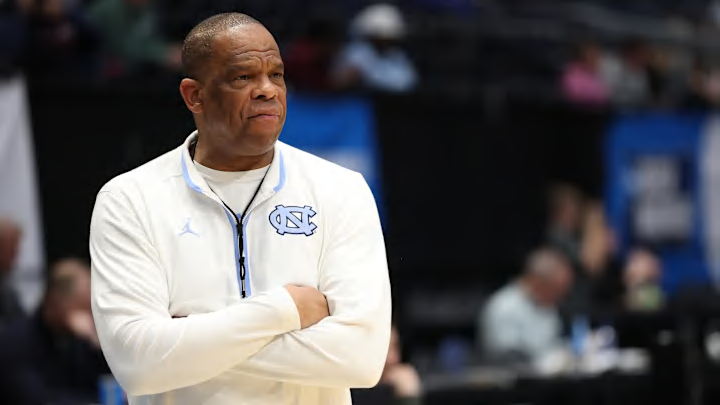The North Carolina basketball program has made headlines for a reported $14 million roster. That type of all-in investment was possible under the old Name, Image, and Likeness rules, but as of Friday night, that type of spending may not be possible in the near future.
That’s because, on Friday night, Judge Claudia Wilken formally approved the multi-billion-dollar settlement between the NCAA, its most powerful conferences, and lawyers representing all Division I athletes. The deal brought an end to three separate federal antitrust lawsuits against the NCAA, claiming that the organization was illegally limiting the earning power of college athletes.
One major outcome of the settlement is that the NCAA will pay $2.8 billion in damages to Division I athletes from 2016 through the present day over the 10-year deal. However, the settlement also permits schools to begin paying their athletes directly and institutes an annual revenue-sharing cap that each school will have to spend on their athletes. The annual cap will begin at roughly $20.5 million per school to be spent across the athletic department as the school sees fit.
The third major impact of the deal is the new roster limits, which will replace the previous scholarship limits. However, after the approval of the settlement was delayed a month over concerns about the immediate implementation of roster limits, the deal was altered to ensure that no athlete would lose their opportunity to play college sports as a direct result of the limits.
How the NCAA settlement affects North Carolina
There is concern from college sports powerhouse programs, of which North Carolina men’s basketball is one, that the revenue sharing cap will serve as forced parity, limiting the advantages that programs like UNC basketball have built up over the years with deep-pocketed boosters. However, outside NIL deals will still exist under the settlement; all deals of over $600 will now need to pass through a clearinghouse that works to ensure that the agreements are for a valid business purpose and reflect fair market value.
In addition to the NIL clearinghouse, a new enforcement arm has been established to penalize schools that exceed the $20.5 million cap of direct pay-for-play compensation. The regulatory body, called the College Sports Commission, will be headed by MLB executive Bryan Seeley, who was named the CEO on Friday night.
Under the new revenue-sharing model, it won’t necessarily be impossible for a basketball school like UNC to allocate $14 million towards its men’s basketball program, but a decision like that would severely hamper the football program, which UNC, for better or worse, has been aggressively attempting to improve under Bill Belichick’s stewardship.
While every school will have a theoretically level playing field with the $20.5 million cap, UNC won’t lose every recruiting advantage that it has. A historic program like North Carolina’s will always have its allure, and it will be much easier for players to land legitimate NIL deals as a Tar Heel than as a Wake Forest Demon Deacon or a Virginia Tech Hokie.
There is still much to be learned about the impact that revenue sharing will have on the college sports landscape, but it’s clear that it will be more important than ever for athletic departments to spend their money and direct their resources wisely.
